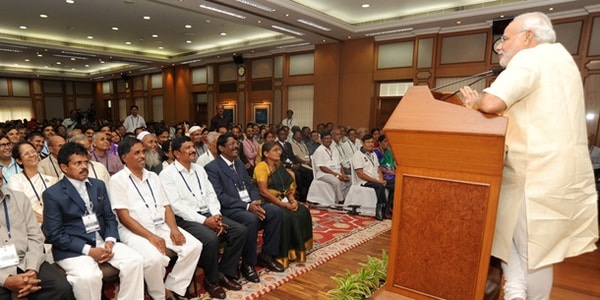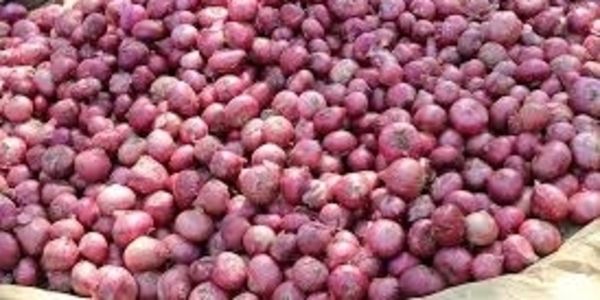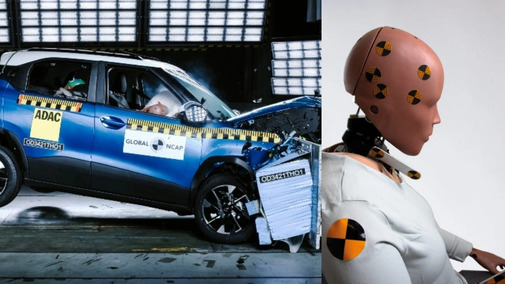Meet the Nilgiris Scientist Who’s on the World’s Top Scientists List — Three Years in a Row!
Hailing from the scenic Nilgiris district in Tamil Nadu, Dr. Ashokkumar Veeramuthu has become a beacon of Indian scientific excellence. For the third consecutive year (2023, 2024, 2025), he has been included in the World’s Top Scientists list, jointly published by Stanford University, USA, and Elsevier Publishers. This rare achievement underscores not only his individual brilliance but also India’s growing impact in environmental and health research on the global stage. Dr. Ashokkumar’s journey reflects the power of persistent effort and purpose-driven research. A student of local government schools in the Nilgiris, he transformed early curiosity into a career focused on practical solutions that address both societal needs and environmental sustainability. Focus on Environment and Human HealthDr. Ashokkumar’s research spans multiple domains, but his central focus has always been the intersection of science, society, and sustainability. His key areas of work include microalgae-based clean fuels, harnessing algae to produce renewable energy; plastic waste management, developing innovative techniques to convert plastic into usable materials; and sustainable waste systems, designing practical solutions for managing waste across different regions and economies. By tackling these challenges, Dr. Ashokkumar contributes to both environmental protection and human health, emphasizing science that directly benefits society. His work is notable for bridging the gap between academic research and practical, implementable solutions, a quality that sets him apart in the global scientific community.Academic and Global CollaborationsCurrently, Dr. Ashokkumar serves as Professor and Head at the Centre for Waste Management and Renewable Energy, Saveetha University (SIMATS), Chennai. His academic career is marked by extensive international collaborations. He holds visiting professorships at Chulalongkorn University (Thailand), University Technology Malaysia, and several top universities in South Korea. These collaborations enable him to create joint research projects, particularly in waste recovery and renewable energy. By linking Indian research with global networks, Dr. Ashokkumar strengthens India’s position in Asian and international scientific research, highlighting the importance of collaboration in solving worldwide environmental issues. Beyond the Stanford-Elsevier recognition, Dr. Ashokkumar has received numerous accolades, including the Brain Pool Visiting Global Scientist Award from the National Research Foundation of Korea. This award is given to scientists who make significant contributions to sustainable and applied research worldwide. He has also authored over 130 research papers in leading international journals and has established collaborations with more than 18 universities globally. Such achievements underline his consistent efforts in producing research that is both academically rigorous and socially impactful.His success is a source of pride and inspiration for students and researchers across India. Moreover, his work directly touches people’s lives. From cleaner energy alternatives to improved waste management systems, the outcomes of his research have practical implications for communities, emphasizing the relevance of science in everyday life. By connecting research with real-world solutions, Dr. Ashokkumar demonstrates how science can serve society, not just the lab or academic publications.A Model for Future ScientistsDr. Ashokkumar Veeramuthu’s repeated recognition by Stanford University and Elsevier highlights India’s rising influence in global scientific research. His achievements serve as a blueprint for young Indian scientists, especially those from small towns, showing that excellence, persistence, and social commitment can yield international recognition. As environmental and health challenges grow more pressing worldwide, scientists like Dr. Ashokkumar demonstrate how local talent can provide global solutions. Dr. Ashokkumar Veeramuthu exemplifies the power of perseverance, passion, and purpose-driven research. By integrating environmental and health science with practical solutions, he continues to make a lasting impact on the world, inspiring both India and the international scientific community.

.jpg)
(1).jpeg)
.jpeg)
.jpg)
.jpg)



 (1).jpeg)
 (1).jpeg)

(1).jpeg)
 (1).jpeg)
.jpg)
.jpeg)